How to Get a Zero Energy Bill Home
Once you’ve improved the energy efficiency of your home, go one step further and reduce your energy bills to zero by making the most of green technology.
Contents:
-
Understanding Zero Energy Bill HomesUnderstanding Zero Energy Bill Homes
-
How to Reach Zero Energy BillsHow to Reach Zero Energy Bills
-
Exploring PassivhausExploring Passivhaus
-
Green Technology: Home ImprovementsGreen Technology: Home Improvements
-
Creating Your Zero Energy Bill RoadmapCreating Your Zero Energy Bill Roadmap
Understanding Zero Energy Bill Homes
A zero energy bill home is one that capitalises on green technology to completely cut the need to pay for energy. Not only can green technology reduce energy bills to zero, they can reduce the carbon footprint of your household to zero too. Installing solar panels alone could cut the average energy bill by £935 each year and save 1.6 tonnes of carbon too.
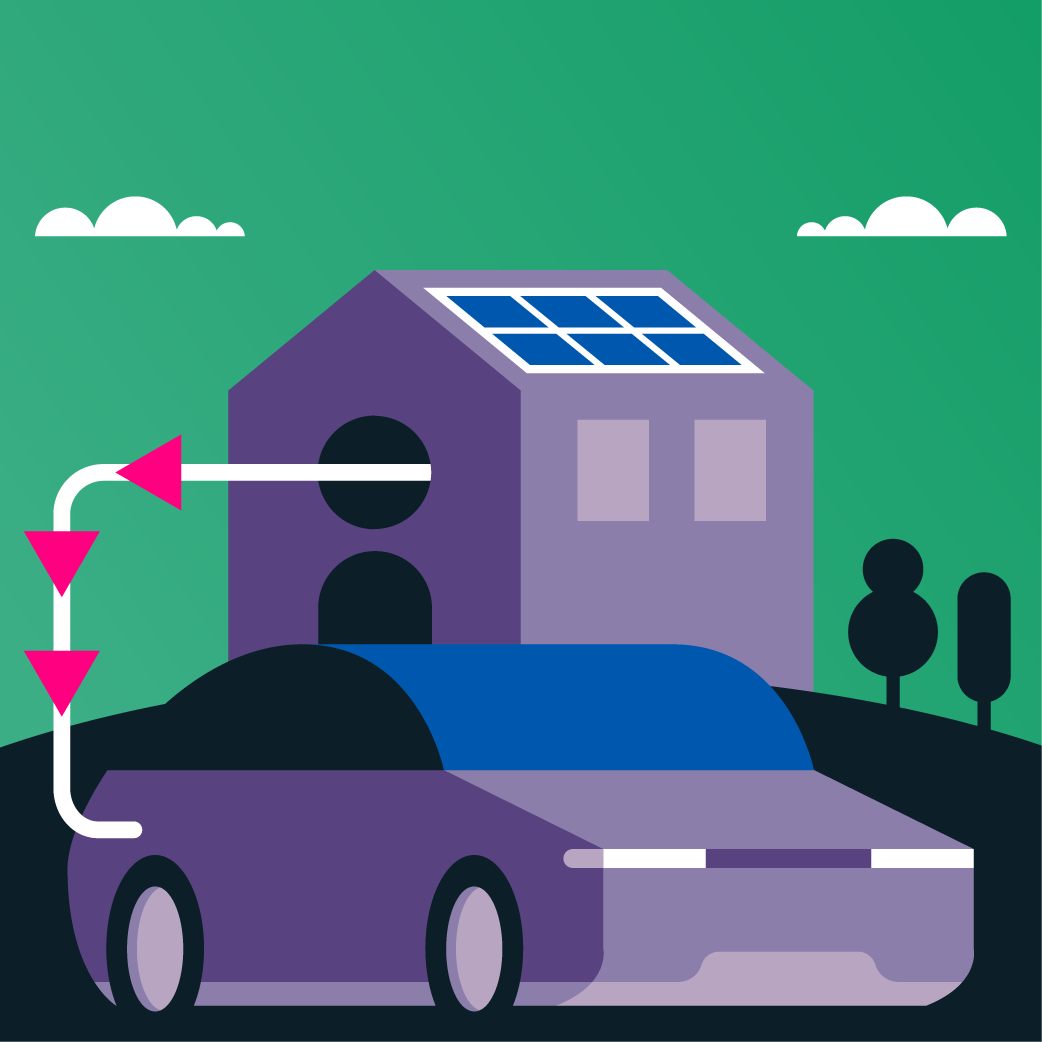

How to Reach Zero Energy Bills
Creating a zero energy bill home is about viewing your home in a holistic way. It starts by becoming more energy efficient. By improving your efficiency, you decrease your reliance on dirty grid energy and you spend less on your energy bills.
As your energy consumption decreases, more of it can be covered by the free solar power from the panels on your roof. Generating your own energy further reduces your dependency on the grid’s dirty energy.
Then, increasing your insulation ensures the energy use to heat your home isn’t wasted.
The final step is to harness the clean solar energy you produce to heat your home and power your car, by investing in a heat pump and an electric vehicle.


1. Reduce your energy consumption through efficiency.


2. Install solar panels and a home battery.


3. Improve your home’s insulation.


4. Install a heat pump.


5. Swap to an electric vehicle.


“Insulation may not be as exciting as some other smart energy upgrades like solar panels and electric vehicles, but improving how well your home retains heat is critical. If you properly insulate your home, not only will it be warmer, more comfortable and cost less to heat – it will be future-proofed and ‘heat-pump ready’ too. Heat pumps rely on your home being well-insulated.”
Expert advice from the Energy Doctor


Exploring Passivhaus
The concept of a ‘zero energy bill home’ is similar to Passivhaus, also known as Passive House. It represents an innovative approach to building design that focuses on achieving unparalleled energy efficiency and comfort.
The core principle revolves around creating a virtually airtight, super-insulated structure that minimises the need for conventional heating or cooling systems. By employing high-quality insulation, windows, and ventilation system, Passivhaus homes drastically reduce energy consumption.
Through this meticulous design and construction, Passivhaus homes significantly cut energy demand, often reaching up to a 90% reduction compared to standard buildings. This remarkable efficiency ultimately results in minimal energy bills or, in many cases, no energy bills at all. It also leads to improved comfort and a drastically lower environmental footprint.
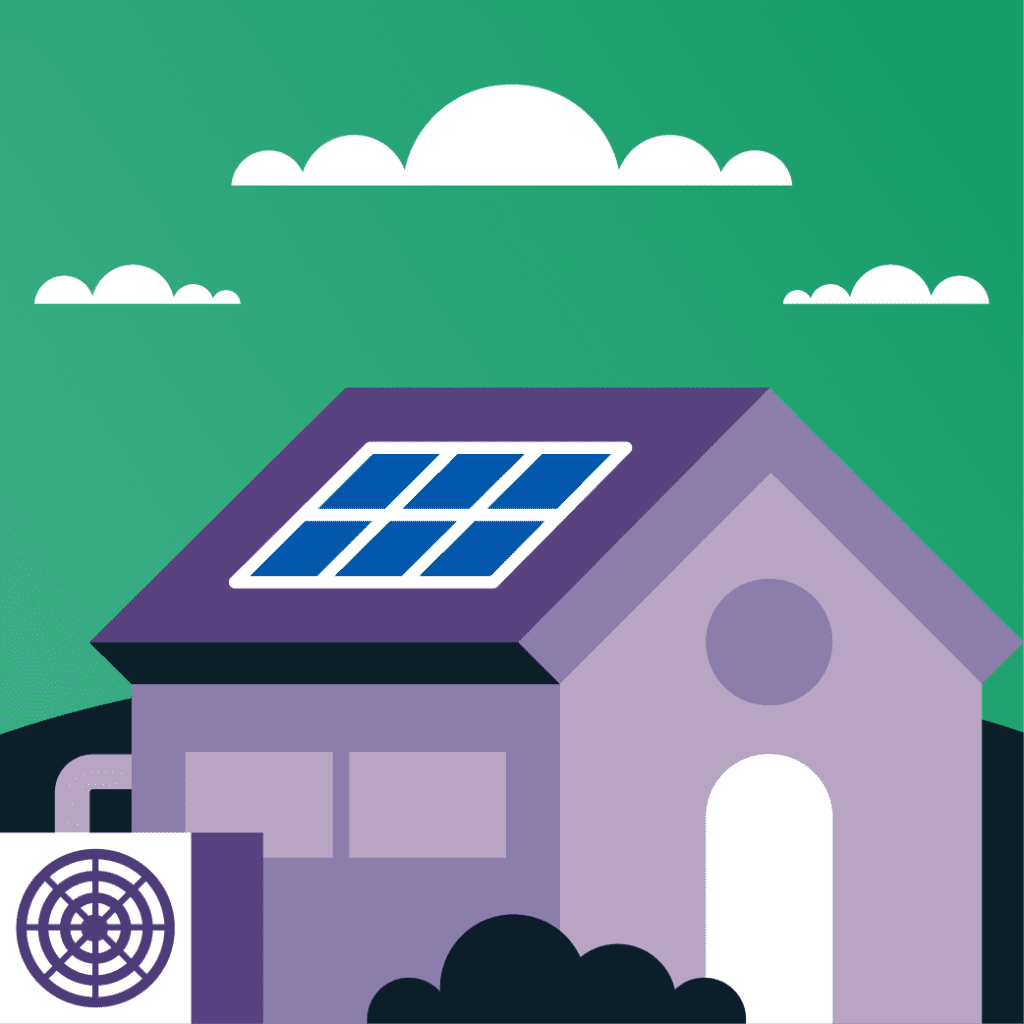

Green Technology: Home Improvements
For homeowners interested in retrofitting their existing properties with green technology inspired by Passivhaus principles, there’s good news: you don’t necessarily need to achieve Passivhaus standards to significantly reduce energy bills.
Retrofitting involves integrating elements like solar panels, insulation, and heat pumps, to enhance energy efficiency. By adopting these measures, even without achieving the strict Passivhaus criteria, you can make considerable energy savings.
You don’t need to upgrade everything at the same time either. Making the swap to embrace each technology can still yield substantial results. This approach allows you to tailor your retrofitting efforts based on budget, available technology, and the specific needs of your home.
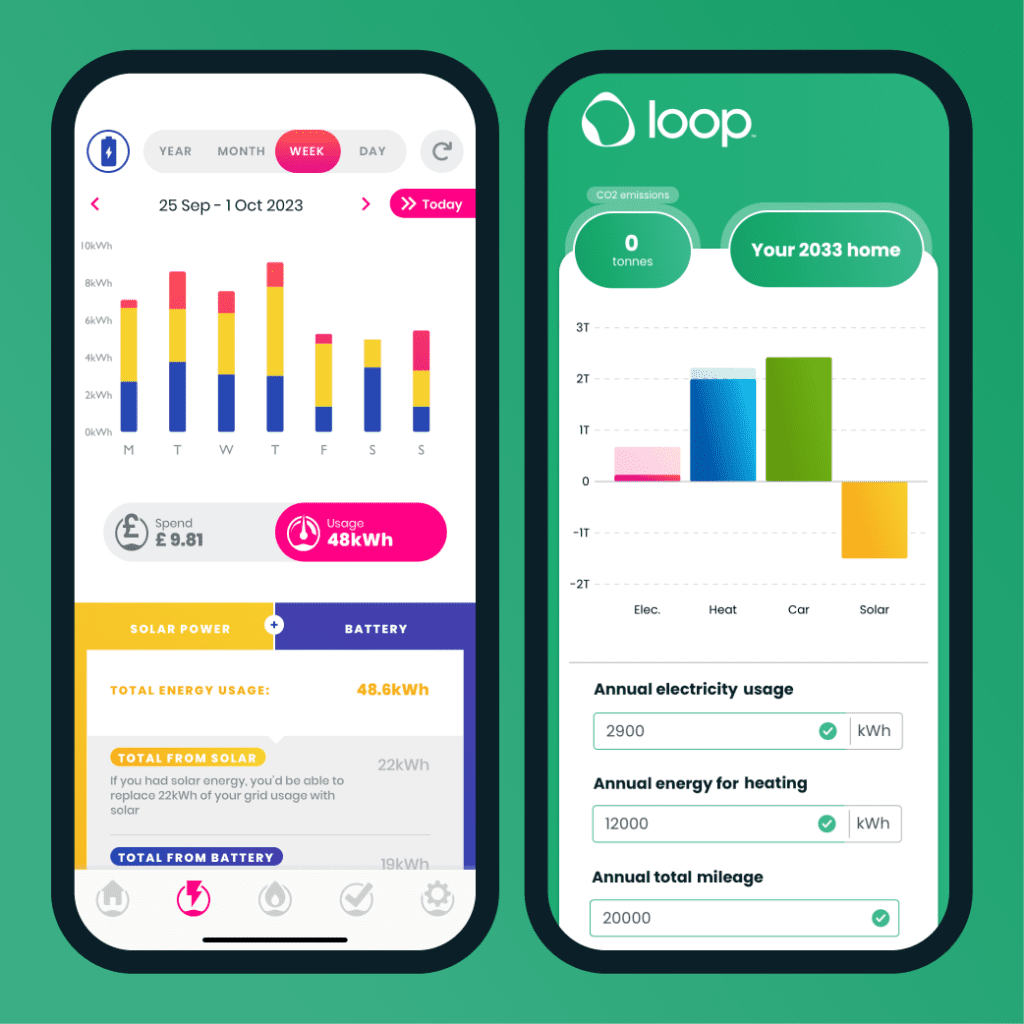

Creating Your Zero Energy Bill Roadmap
When retrofitting a home, the order you implement measures is crucial to make the biggest savings. Improving your energy efficiency first makes sense. Big savings, for example reducing your Phantom Load, are achievable through simple behaviour change.
Installing solar panels next is also sensible as they have a large impact on carbon emissions and also pave the way for other measures, like heat pumps and electric vehicles. These require a large amount of electricity that could be offset by free, clean solar power. With that in mind, it’s generally sensible to install as many solar panels as you have room for as the panels themselves are relatively inexpensive.
Consider how green technology could fit in with planned home improvements. A significant cost in any solar panel installation is the scaffolding. For households already planning work on their roof or a loft conversion, combining both measures could cut costs considerably – by as much as £1,000.
To get a better understanding of your household’s journey to zero energy bills, Loop’s unique Solar Simulator and Carbon Calculator can help. By providing personalised insights and savings at each step, both in money and carbon terms, you can make informed decisions about where to make the best investments for your home.
Related Guides
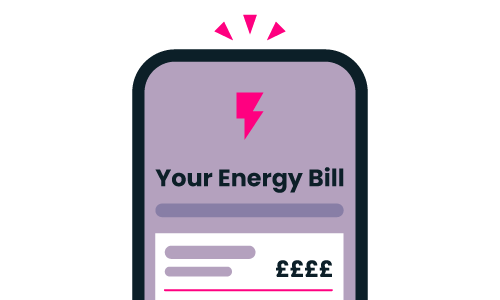

The Case for Stand-Alone Home Batteries
Home batteries, also known as solar batteries, are emerging as essential components of modern homes. But it’s not only solar households that can benefit. Even without solar, Integrating a stand-alone battery can unlock significant savings and enhance your energy independence.
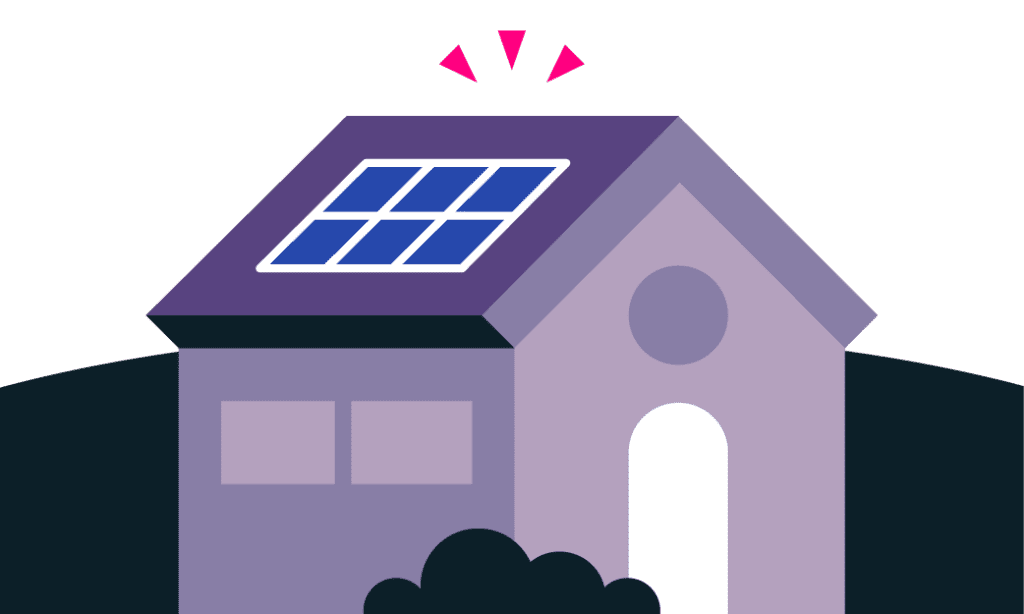

Are Solar Panels Worth It?


How To Cut Your Carbon Footprint
The first step to reducing your carbon footprint is understanding the size of it and what’s contributing. Then, you’ll know which changes can really make a difference. You don’t need to drastically change your lifestyle to make big reductions in your carbon emissions!









